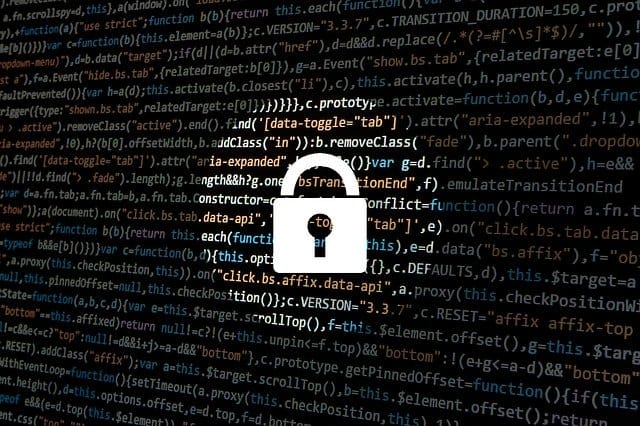
The principle of least privilege definition refers to a security practice that allows access only to the users required to perform the job. It helps prevent attackers from gaining access to sensitive data or critical systems by compromising a low-level user account.
In this post, we have discussed different aspects of the principle of minimal privilege that will help you get a better understanding.
Why Is the Principle Of Minimal Privilege Used?
If you think the principle of least privilege definition is limited to user’s access rights, you are wrong. It is primarily designed to improve data security and functionality from faults.
Organizations enforce this security policy, so users don’t have access to data and systems more than required. Here are a few practical examples to help you understand the principle of least privilege.
Example of Principle of Minimal Privilege
An HR staffer would require access to read and write access rights to the enterprise payroll database. The same employee would not need access to the enterprise client database. In this case, the principle of minimal privilege allows HR staffer access to the enterprise payroll database but restricts user’s access to an enterprise client database.
The reason for restricting access to an enterprise client database is that it does not relate to the HR staffer’s job function in any way. The enterprise client database contains sensitive information about business and contracts.
Application of the Principle
You may apply the principle of least privilege at every system level, including systems, applications, databases, networks, processes, users, and every facet of an IT environment. Here are a few examples of the implementation of the principle of minimal privilege.
A User Account With Minimal Privilege
A user account with minimal privilege is also known as standard user accounts. In a cloud environment, 90% of users would be using accounts with minimal privileges. It has limited access to rights related to job function.
Guest User Accounts
They are even more restricted than standard user accounts. Guest’s accounts are mostly temporary and have minimal access permissions.
Superuser Accounts
These accounts are generally used by admins or specialized IT employees. A superuser account may have virtually unlimited privileges, which may include read/write/execute rights. These accounts also have the power to render system changes like installing or uninstalling applications in a cloud environment, modifying files and settings, and deleting users. Since this account is most privileged, they can do more damage if misused.
Using Just In Time Privilege
The just-in-time principle of least privilege definition is applicable in scenarios where users need root privileges for a limited time. The system offers traceability options, and users can get root access credentials for password vault as needed. The disposable credentials tighten data security.
How to Implement the Principle of Minimal Privilege?
Take a Privilege Audit
You need to check all user accounts, applications, and processes to ensure they have permissions required only to do the job and no additional permissions.
Start All New Accounts With Minimal Privilege
The default for all new user accounts should be the least privileges. The high-level privileges should only be added as job roles or functions change, and users need additional permissions to do their job.
Separate Accounts Based on Privileges
You should separate standard user accounts from privileged accounts. For example, the accounts with higher-level functions should be separated from accounts with lower-level functions.
Use Just In Time Privilege
The just in time privilege option should be implemented carefully. Make sure the raised privileges are only made available to the moments when the user needs them. One-time passwords and expiring credentials are a great way to use just in time privilege effectively.
Implement a System for Traceability
The system should have functions to trace individual actions. For example, you should be able to locate the actions related to user-ids, use of one-time passwords, and monitor all aspects of user activity to limit the damage.
Make It Regular
Auditing privileges should not be a one-time gig. You need to regularly audit privileges to prevent situations where older accounts continue to accumulate privileges over time. Perform an audit to ensure no users have permissions more than required.
Benefits of the Principle of Least Privilege
Protections Against Common Attacks
Attackers often target accounts with unrestricted privileges. If the least privileges best practice is followed, you can limit the attacker’s actions and reduce attack scope.
Creates an Environment With Fewer Liabilities
If a standard user accidentally changes some critical account settings, it can lead to problematic instabilities. Implementing least privilege best practice ensures fewer users have excessive permissions. This reduces the overall occurrence of privileged operations.
By enforcing the principle of minimal privilege across an organization, you improve overall organization security posture. The data owner, HR team, and IT administrators should determine what permissions each job function should have and grant them the same.










